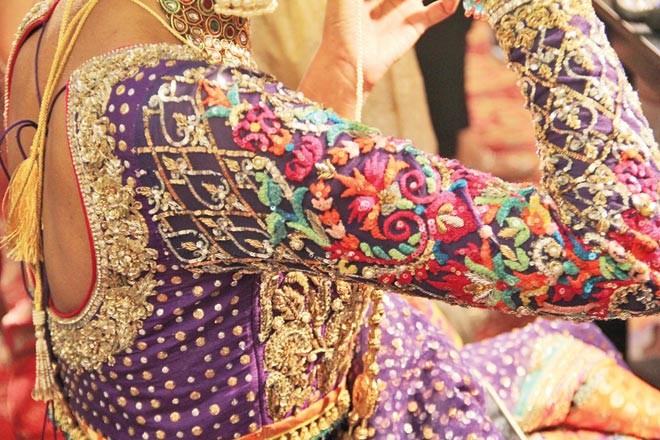
There’s actually a method to critiquing the artistic medium of fashion, which not many people understand

Fashion week is over, the reviews are in; collections have been dissected, winners and losers named, red carpet kings and queens crowned. But while most people can understand the need for fashion weeks or glamorous extravaganzas that display designer collections, the need for critique is often questioned and the merit of those doling out the critique comes under scrutiny. The role an editor or journalist plays in the world of fashion can become contentious when reviews of any kind are involved.
The creators claim that those who don’t practise the craft can’t judge the ones who do but by that measure any kind of review or critique would be obsolete. Movie reviewers would have no influence and wine tasters no say in the quality of the product produced since they didn’t personally labour over it. Reviewers have something the creators don’t have - a bird’s eye view. They come across so many samples of different qualities and varieties that over time a bench mark is set against which they measure design and product capabilities.
There’s also another thing reviewers or connoisseurs possess: a thirst for any and every kind of knowledge related to the subject of their passion. A fashion devotee will research, study and examine all aesthetics, irrespective of whether their sensibilities match or not.
There is of course need for appraisal when it comes to fashion but the rules of that appraisal can’t be arbitrary, even if they might seem so to the designer or the reader at any given time. There’s an unwritten constitution that guides the reviewer and it’s usually handed down by the editor. A writer’s understanding of the tenants grows with time, exposure and experience but an innate appreciation for the craft also factors in to how long it takes for a fashion journalist to master the rules.
The guidelines themselves are rather straightforward.
1. First and foremost, the reviewer must actually be present for the show they are critiquing and view it in whatever medium it is being displayed. One cannot write a review based on a second hand experience of the collection, be it via photos or live streaming. It is unfair to the designer and to those present on ground to have a remotely located entity weigh in. A reviewer judges each collection on the basis of its technical expertise, finesses of cut and craft, aesthetics and most importantly, its ability to add something new to the discourse. It isn’t just about sitting through a show and praising what matched the reviewer’s sensibilities but an act of actually crediting craft where it is merited.
2. When a collection walks down the runway it has to have an original, unique voice. Just as a singer or a writer must have a distinctive sound to their artistic expressions, a designer’s clothes need an indelible signature that leads to instant recall in minds of their audience. Pretty clothes are easy on the eyes but ultimately forgettable in an industry that thrives on beauty which is why it’s essential that a designer must have an instantly identifiable ethos that stands out in a sea of couture.
3. Couture doesn’t necessarily need to be opulent or dramatic, a simple silhouette in a luxe fabric that is well executed will have greater impact than an over the top ensemble that is trying too hard and in a bid to mix too many elements together doesn’t do justice to any of them at all. We notice finer details like the flash of cancan underneath a voluminous skirt as the models walks along the runway (a big no no). Outfits that shed embellishment on the ramp instantly set the score in negative for the designer. Clothes that seem to be made to a generic size as opposed to being fitted to the model wearing them are also a cause of penalty.
4. Conversely, a designer can play within one colour family and create variations of one particular silhouette and still win big because of their execution and ingenuity. Critics might not always agree on what they think is beautiful or not but they will mostly agree on the skill of craftsmanship and inventiveness displayed by the couturier.
To sum it up, a reviewer should approach each collection as an impartial judge weighing in on whatever is displayed without letting past accolades or personal alliances come into play; a critic’s first loyalty lies with the art at the altar of which they worship. It has little to do with what the critic might like or wear in their personal life and more to do with a holistic overview of fashion and its unassailable tenants.